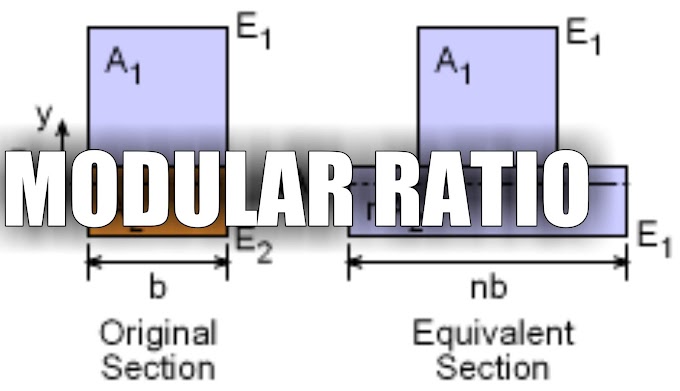The inter-green period is the combination of both yellow and all-red indications. The duration of this period depends upon three parameters. They are stopping sight distance, intersection clearance time, and pedestrian crossing time.
The inter-green period should be long enough so that the vehicles that are at a distance greater than the stopping sight distance from the stop-line can easily stop before it. It should also be enough so that the vehicles that have already crossed the point-of-no-return can continue through the intersection and pass it safely.
Inter-green time can be calculated as follows. First, the minimum safe stopping distance is to be calculated. The equation for this distance is given below
𝑆𝑆𝐷 = 𝑉𝑡 + 𝑉^2/(2𝑔(𝑓 ± 𝐺))
Where:
SD = Min. safe stopping distance, V= Initial speed of the vehicle, t = Perception / Reaction time, g = Acceleration due to gravity, f = Coefficient of friction, G = Grade
The time required for a vehicle to travel the minimum safe stopping distance and to clear the intersection is to be calculated next.
Intersection Clearance Time:
𝑇 = (SD + L + W)/𝑉
Where;
T = Intersection clearance time
V = Initial velocity
L = Length of the vehicle
SD = Min. safe stopping distance
W = Width of the intersection
Pedestrian Crossing Time is to be calculated next as follows.
PCT = W/V
Where:
PCT = Pedestrian crossing time, W = Width of the intersection, V = Velocity of the pedestrian (usually 1.2 m/s)
Among the pedestrian crossing time or the intersection clearance time the greater one is considered as the inter-green period





0 Comments